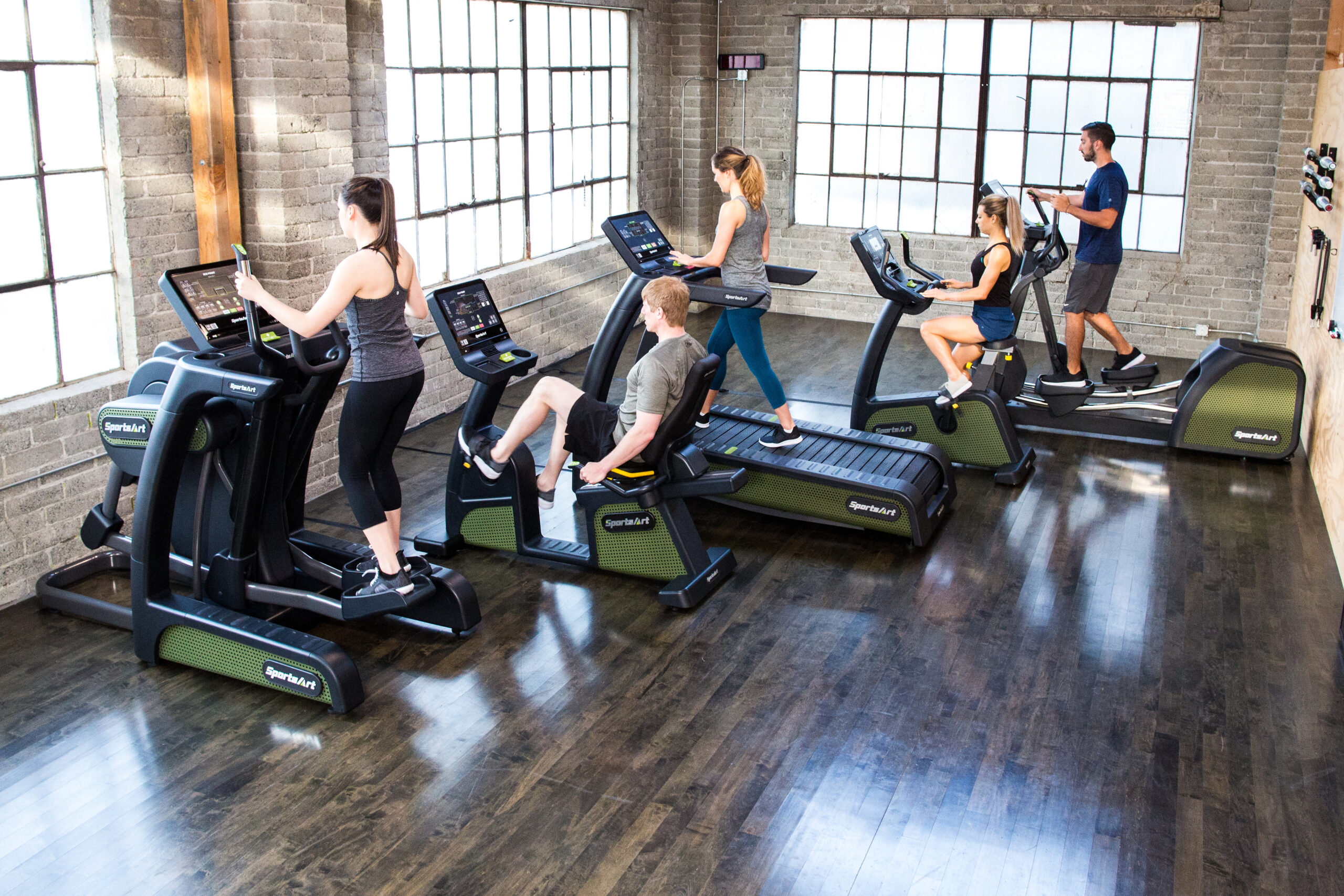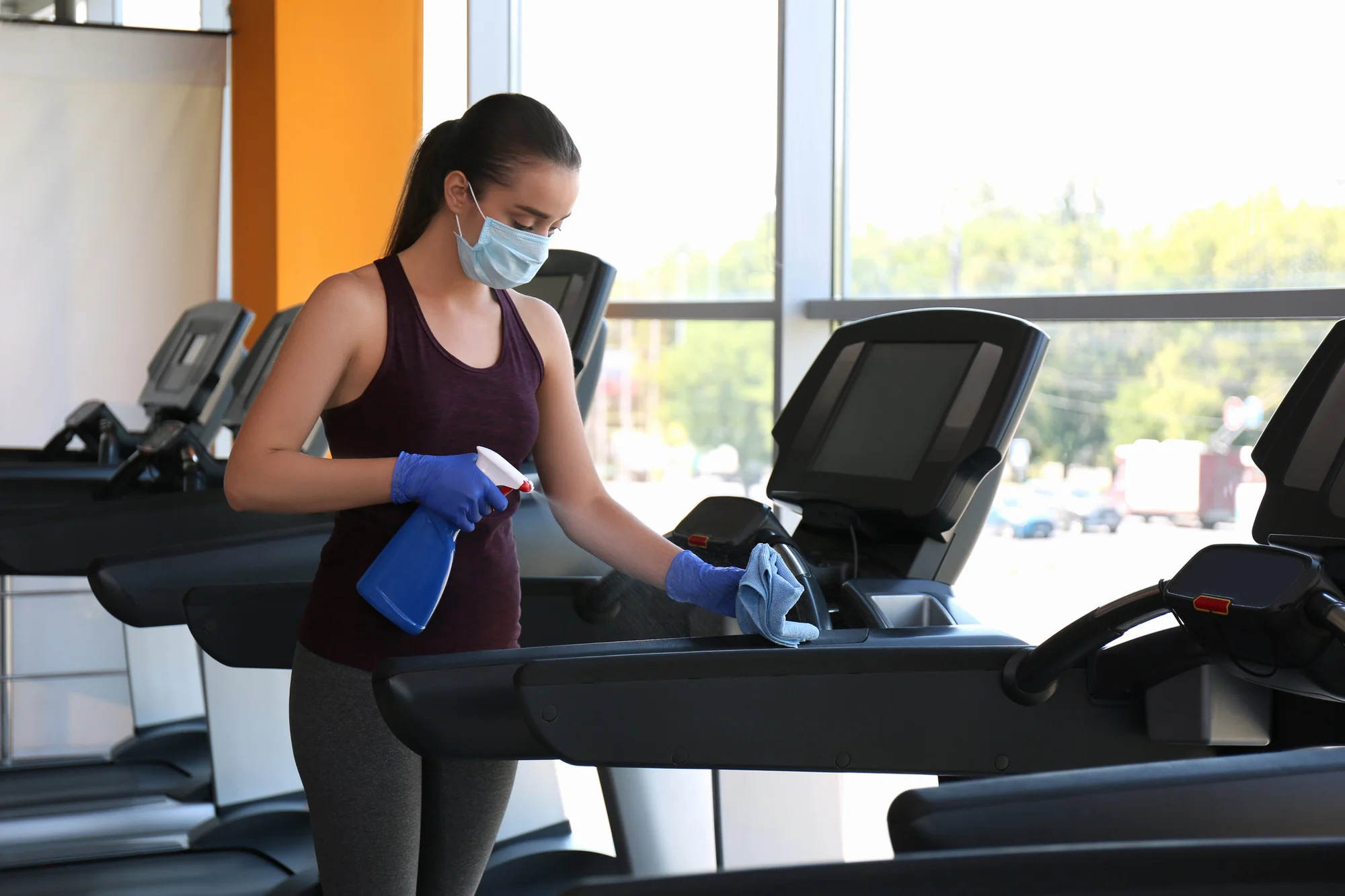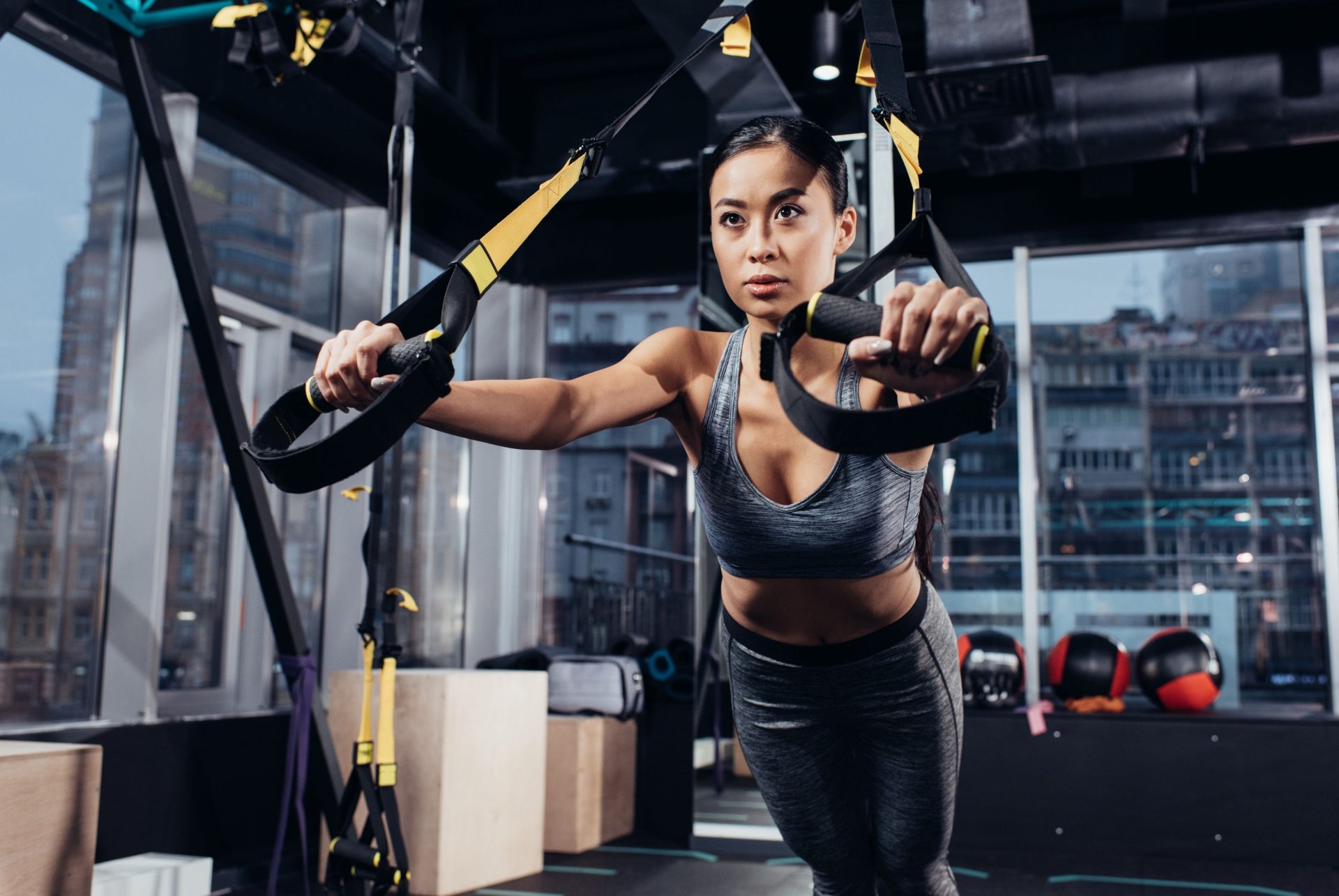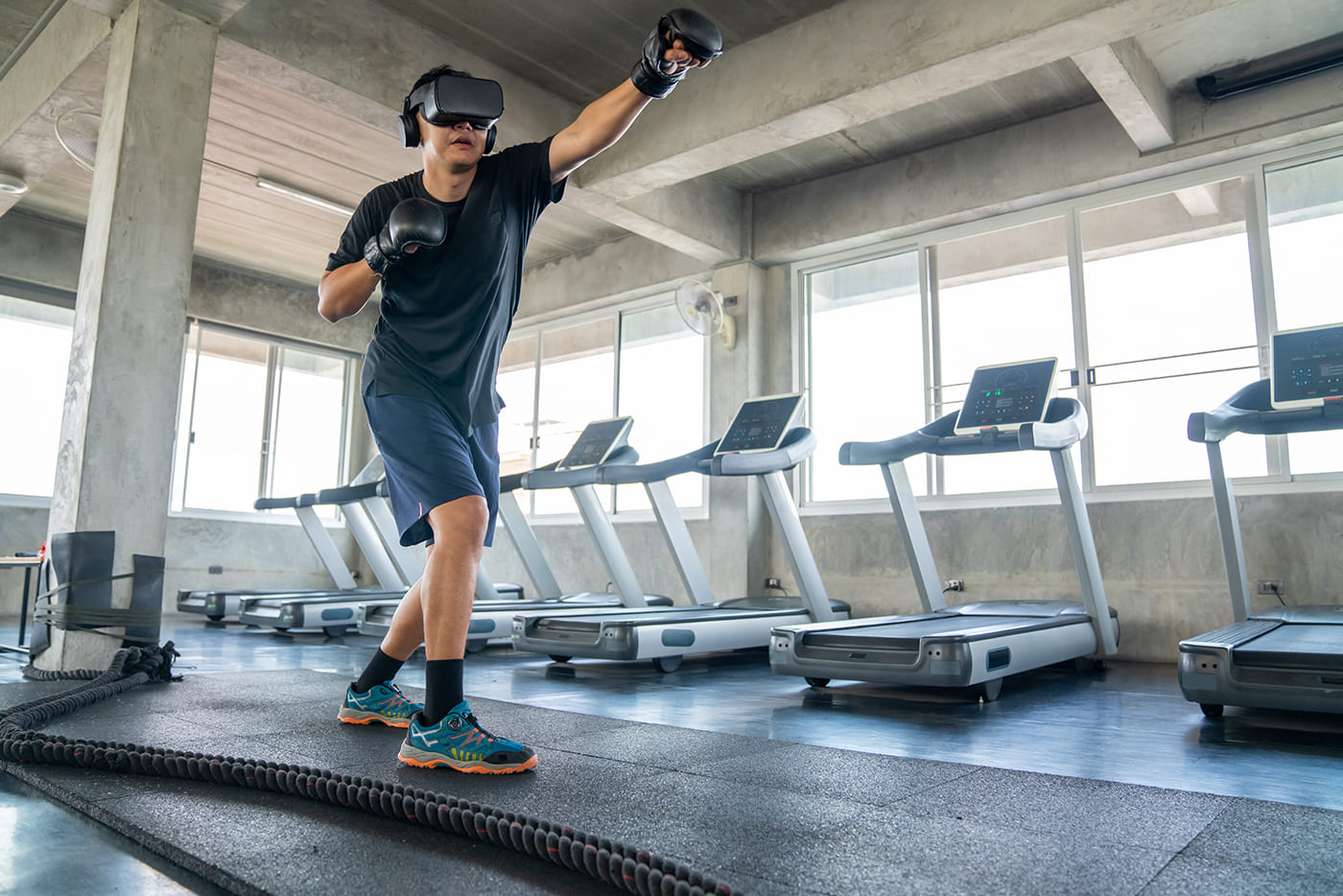The fitness world is changing rapidly, and staying updated on the latest trends in equipment is vital. Emerging technologies and sustainable practices are reshaping what you can expect from your workouts in 2025. From smart home gyms that adapt to your needs to eco-friendly equipment, the future of fitness is efficient and mindful of the planet.
With a focus on personalization and community, the next generation of fitness gear will make your workouts more engaging and effective. As you explore these trends, you’ll discover how new innovations enhance not only your physical health but also your overall workout experience.
Staying informed about these developments can empower you to make better choices for your fitness journey. By understanding what’s coming next, you can set yourself up for success and enjoy the full benefits of modern workout equipment.
Key Takeaways
- Emerging technologies will personalize your fitness experience.
- Sustainable equipment choices are better for the planet and your health.
- Home gyms are becoming more connected and community-oriented.
Emerging Technologies in Fitness Equipment
The fitness industry is seeing rapid changes due to new technologies. You will find that wearable tech, virtual reality, and artificial intelligence are reshaping how you exercise. These innovations make workouts more engaging and customized to your needs.
Wearable Tech Integration
Wearable technology is becoming a game-changer in fitness. Devices like smartwatches and fitness trackers monitor your heart rate, movements, and calories burned. These tools provide real-time feedback, helping you adjust your workouts instantly.
- Key Features:
- Heart Rate Monitoring: Keeps track of your intensity.
- Activity Tracking: Records steps and active minutes.
- Sleep Analysis: Offers insights into your recovery.
With apps linking to wearables, you can see trends over time. This data allows you to create personalized fitness goals, enhancing your overall performance.
Virtual Reality and Gamification
Virtual reality (VR) and gamification make fitness more interactive. Instead of traditional workouts, you can immerse yourself in a virtual environment. This encourages participation and can transform mundane exercises into exciting challenges.
- Engaging Formats:
- VR Fitness Games: Compete in virtual races or adventure quests.
- Interactive Workouts: Follow trainers in a simulated space.
Gamification elements, like points or levels, motivate you to push harder. This blend of fun and fitness can lead to longer, more consistent workout sessions.
AI and Personalization
Artificial intelligence is changing the way fitness equipment adapts to you. Smart machines and applications assess your performance and adjust workouts based on your progress.
- Custom Features:
- Personalized Plans: AI creates a routine tailored to your goals.
- Performance Monitoring: Continuously analyzes your technique.
With AI, you get insights that were previously only available from a personal trainer. This leads to improvements in form, effectiveness, and even recovery times.
Sustainable and Eco-Friendly Innovations
The fitness industry is shifting towards sustainability. Innovations in equipment are focusing on two key areas: using recyclable materials and creating energy-generating equipment. These trends aim to reduce waste and improve efficiency in gyms and homes.
Recyclable Materials
Many fitness brands are now prioritizing recyclable materials in their products. This means that the equipment you use can be repurposed at the end of its life cycle.
- Common Materials: You will find items made from recycled plastics, metals, and natural fibers. This change helps decrease landfill waste.
- Brand Impact: Companies committing to recyclable materials can attract environmentally conscious customers. You can enjoy knowing that your equipment choice supports eco-friendly practices.
In addition to equipment, packaging is also being reconsidered. Brands are reducing plastic packaging and opting for biodegradable or recyclable options.
Energy-Generating Equipment
Another significant innovation in the fitness world is energy-generating equipment. This equipment not only allows you to work out but also generates energy that can be used elsewhere.
- Types of Equipment: Machines like stationary bikes and treadmills can convert your workout energy into electricity. This electricity can power devices or even feed back into the grid.
- Benefits: This dual-purpose usage not only promotes sustainability but also enhances your workout experience. You can track how much energy you generate while exercising.
Investing in such innovative equipment means you contribute to a greener planet while staying fit.
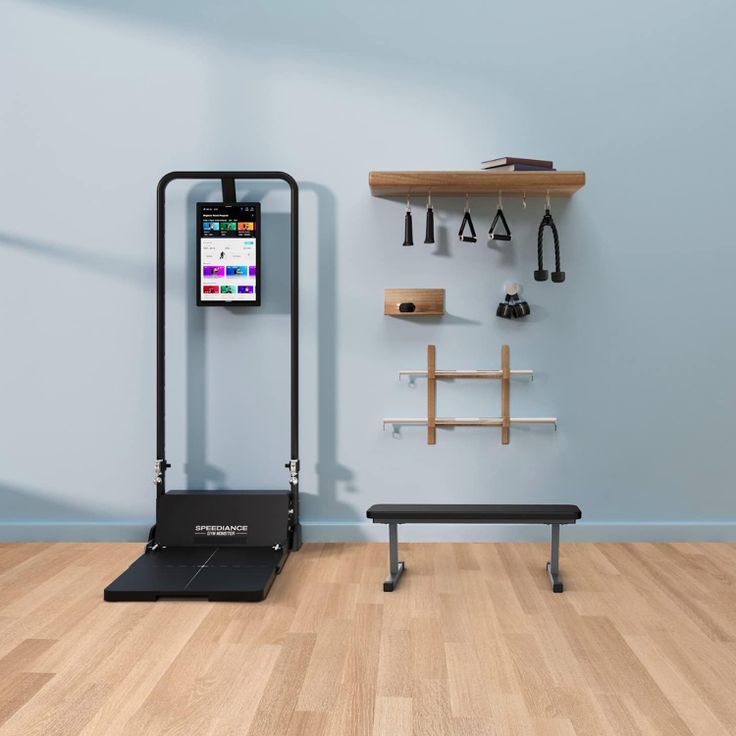
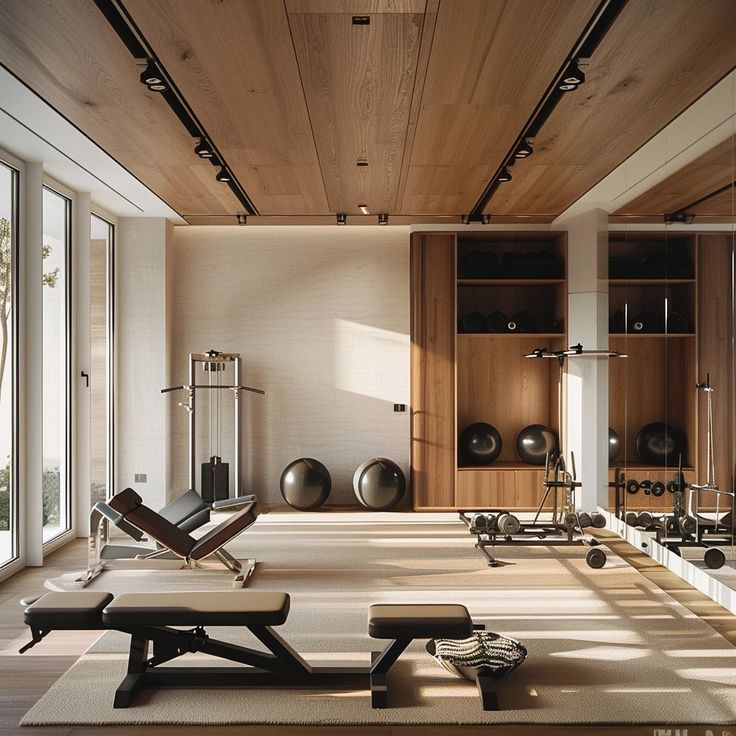
Home Gym Dynamics
Home gyms are evolving to meet the needs of users seeking convenience and functionality at home. You will notice two significant trends: compact designs that save space and multipurpose equipment that maximizes workout options.
Compact and Foldable Designs
Compact and foldable gym equipment is designed for smaller living spaces. These products make it easier for you to create a workout space without sacrificing too much room.
Some popular options include:
- Foldable treadmills: Easy to store under a bed or in a closet.
- Compact exercise bikes: Designed to fit neatly in a corner when not in use.
- Collapsible benches: These can be set up and tucked away easily.
Such designs allow for a full workout experience without cluttering your space. More brands are moving towards producing lightweight and easily storable options to enhance convenience for users.
Multipurpose Equipment
Multipurpose gym equipment offers versatility, allowing you to perform various exercises using one machine. This trend caters to your desire for efficient workouts that do not require a lot of gear.
Consider these examples:
- Resistance bands: Great for strength training, stretching, and rehabilitation.
- Adjustable dumbbells: Allow you to change weights easily for different exercises.
- All-in-one home gyms: Combine multiple functions like weight lifting, pull-ups, and resistance training in a single unit.
This equipment not only saves space but also encourages you to explore new exercise routines. As trends in home gyms grow, popularity for multipurpose solutions continues to rise.
Social Aspects of Fitness
The social side of fitness is becoming more important. Engaging with others can motivate you and help you stick to your goals. Here are two key areas to consider: community-driven platforms and competitive fitness challenges.
Community-Driven Platforms
Community-driven platforms are reshaping how you engage in fitness. These apps and websites connect you with others who share similar goals. You can join groups, share achievements, and get encouragement from peers.
These platforms often feature:
- Workout Challenges: Participate in group challenges to boost motivation.
- Social Media Integration: Share progress on your preferred social networks.
- Virtual Classes: Join virtual classes where you can interact with instructors and fellow participants.
This social interaction helps build a sense of belonging. It can lead to lasting friendships while promoting a healthy lifestyle.
Competitive Fitness Challenges
Competitive fitness challenges are a fun way to push your limits. These events often take place both online and offline, allowing you to compete against others regardless of location.
Key features include:
- Leaderboards: Track your progress and see where you stand compared to others.
- Team-Based Competitions: Join teams to compete against other groups.
- Seasonal Events: Participate in themed challenges that keep things fresh and exciting.
Competing in these challenges can enhance your motivation and commitment. You may find yourself reaching new fitness levels while enjoying the thrill of competition with others.
Health and Safety Enhancements
As fitness equipment continues to evolve, health and safety enhancements are becoming a priority. These improvements not only ensure a safer workout experience but also promote long-term well-being. Two major areas of focus are ergonomic designs and built-in health monitoring tools.
Ergonomic Designs
Ergonomic designs are crucial for reducing the risk of injury while using fitness equipment. Equipment is now being created to support natural body movements. This means machines that allow for proper posture and alignment, which can help prevent strain on muscles and joints.
Features like adjustable settings are becoming common. These allow users to customize the equipment to their body size and type. For instance, adjustable benches and machines can accommodate various heights, making workouts safer and more effective.
Additionally, soft padding and anti-slip surfaces on equipment improve comfort and stability. This innovation ensures that you maintain a secure grip during intense workouts, further reducing the risk of accidents. Investing in ergonomically designed fitness equipment can greatly enhance your exercise experience.
Built-In Health Monitoring Tools
Many modern fitness machines now include built-in health monitoring tools. These features track vital signs like heart rate, calories burned, and even body temperature during workouts.
Having real-time data allows you to adjust your intensity and avoid overexertion. Some equipment syncs with apps on your devices. This can provide comprehensive health insights and progress tracking.
Additionally, many tools come with safety alerts. For example, if your heart rate exceeds a certain level, the machine may signal you to slow down. This creates a safer workout environment focused on your health. With such technology, you can ensure your fitness routine aligns with your health goals.
Frequently Asked Questions
This section addresses key questions about the future of fitness equipment. You will find insights into emerging technologies, the impact of artificial intelligence, and how sustainability and demographic changes drive innovation.
What emerging technologies are shaping the future of fitness equipment?
New technologies such as smart sensors and wearable tech are changing fitness equipment. These allow for real-time feedback on your performance and health metrics. Innovations like connected devices help track your progress and personalize workouts.
How is the integration of AI affecting personal fitness equipment?
Artificial intelligence is making fitness equipment smarter. AI can analyze your workout patterns and suggest routines tailored to your goals. This personalization enhances your training experience, making it more effective and engaging.
In what ways are sustainability concerns impacting the design of fitness gear?
Sustainability is becoming a priority for many brands in the fitness industry. Manufacturers are using recyclable materials and energy-efficient production processes. This change meets consumer demand for eco-friendly products while promoting responsible fitness practices.
What role will virtual and augmented reality play in future fitness routines?
Virtual and augmented reality are set to transform how you experience workouts. These technologies can create immersive environments, making fitness more engaging. You could work out in a virtual gym or join classes from the comfort of your home.
How are changing demographics, such as Gen Z’s preferences, influencing the development of fitness equipment?
Younger consumers, particularly Gen Z, prefer interactive and socially connected fitness experiences. This demand influences the features of new equipment, leading to innovations like gamified workouts and community-driven fitness apps. Brands are adapting to these trends to attract this demographic.
What innovations are predicted to define the high-performance fitness equipment market by 2025?
By 2025, expect to see advanced performance tracking features built into equipment. Innovations may include devices that provide specific metrics like muscle engagement and energy expenditure. These advancements will enhance your training efficiency and help achieve your fitness goals more effectively.
